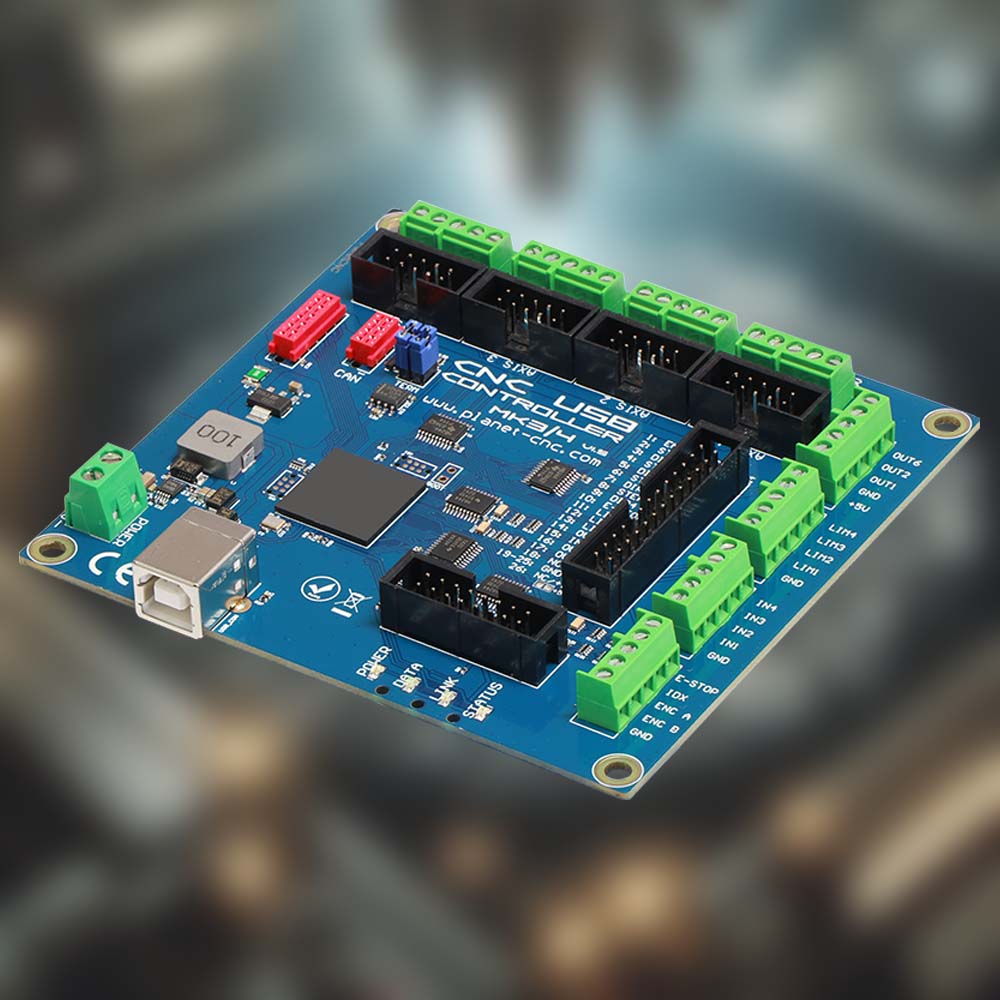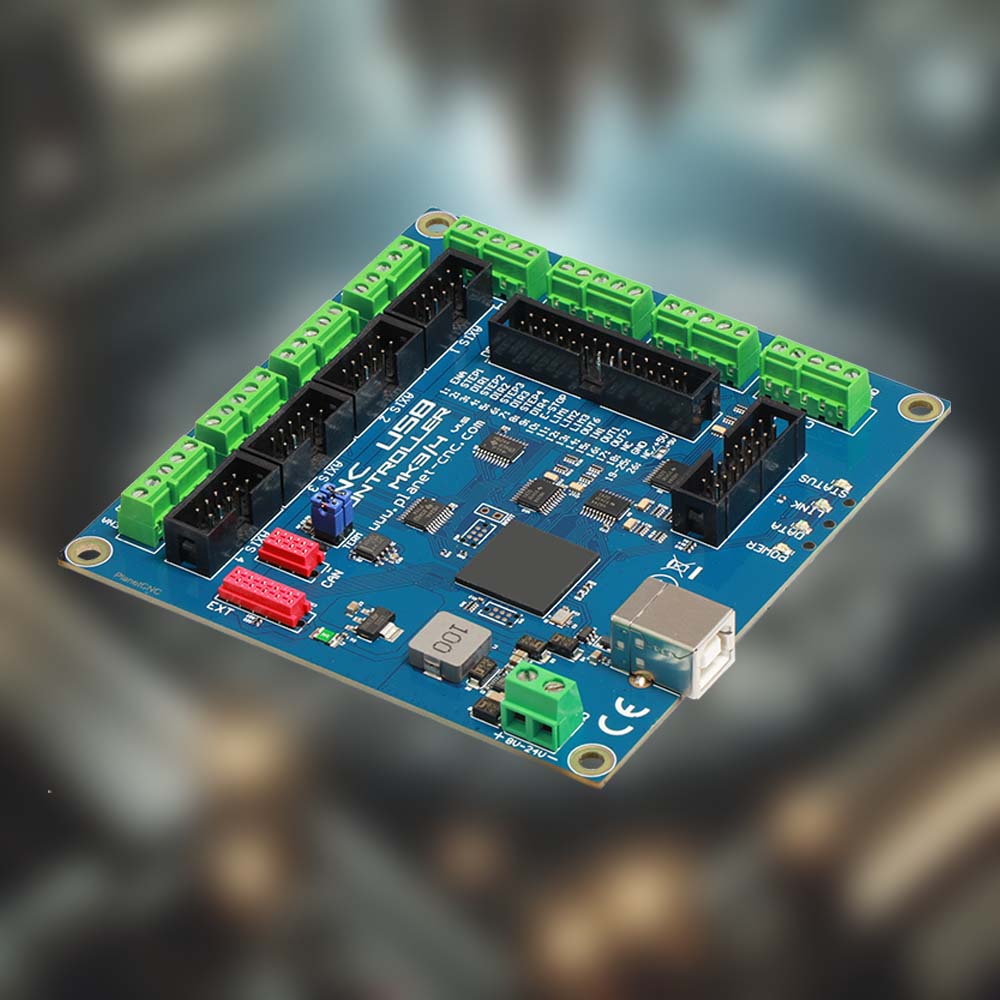What Is Turning?
Turning is a basic method used to make round parts by cutting away material. In this process, the piece being shaped spins on a spindle, while a fixed cutting tool shapes it. This method is used everywhere, from small workshops to big industrial plants. CNC turning is especially good for making precise round parts quickly and efficiently.
Modern CNC turning centers have greatly improved how complex round parts are made. These machines can both turn and mill, doing many cutting tasks all at once. This not only makes the process faster and cheaper but also avoids the hassle of switching between different tasks. They come with special features like live tooling, additional spindles, and Y-axis milling, which let them perform a wide range of operations like drilling and tapping.
To make the most of CNC turning, advanced software is used to control the machines. This software precisely manages everything from the speed to the movement of the tools, ensuring everything runs smoothly. It also allows for simulations, so operators can see how the cutting will go and make any needed changes before starting, which helps avoid mistakes and waste. Automated tool setting and part handling make the process even more efficient, keeping production consistent and high-quality. These improvements make CNC turning a very effective and economical way to make round parts.

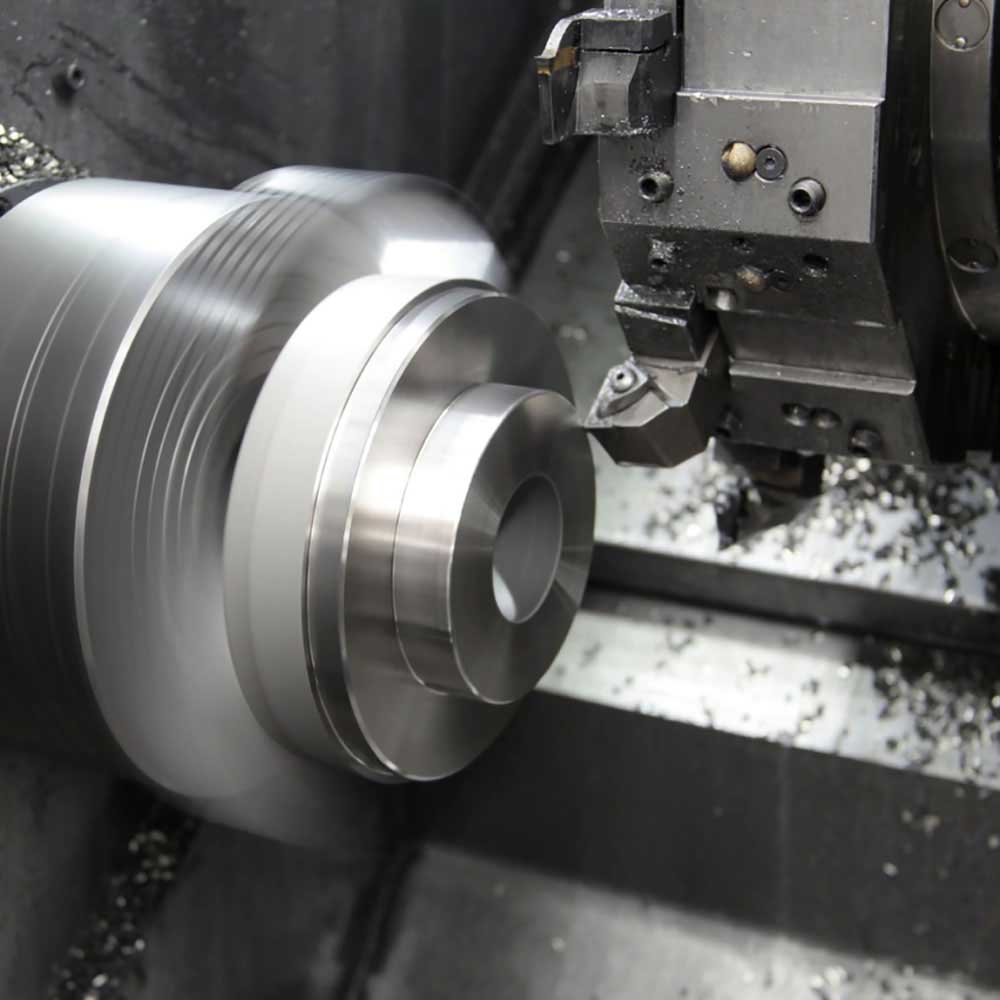
What we recommend?
Choose PlanetCNC TNG software to get:
Comprehensive Compatibility: PlanetCNC TNG software works well with many CNC milling machines. This makes it easy to use the software with different types of equipment, ensuring you can handle many kinds of milling projects, from small prototypes to large productions.
Advanced Features and User-Friendly Interface: The software has many advanced options like full cutter compensation, advanced algorithms for shaping, and supports both 3D and traditional 2D milling. It is designed to be user-friendly, helping users do their work more efficiently and making complex tasks simpler.
Robust Support for G-Code and CAM Programs: PlanetCNC TNG software is compatible with G-code from leading CAM (Computer-Aided Manufacturing) programs. This means you can easily bring in and use designs from various CAD/CAM software, making your work process smoother and decreasing the chance of mistakes when moving from design to actual milling.
Choosing between the PlanetCNC Mk3/9 and Mk3/4 controllers depends on several factors including your specific needs, budget, and the complexity of your CNC operations. Here are some recommendations to consider:
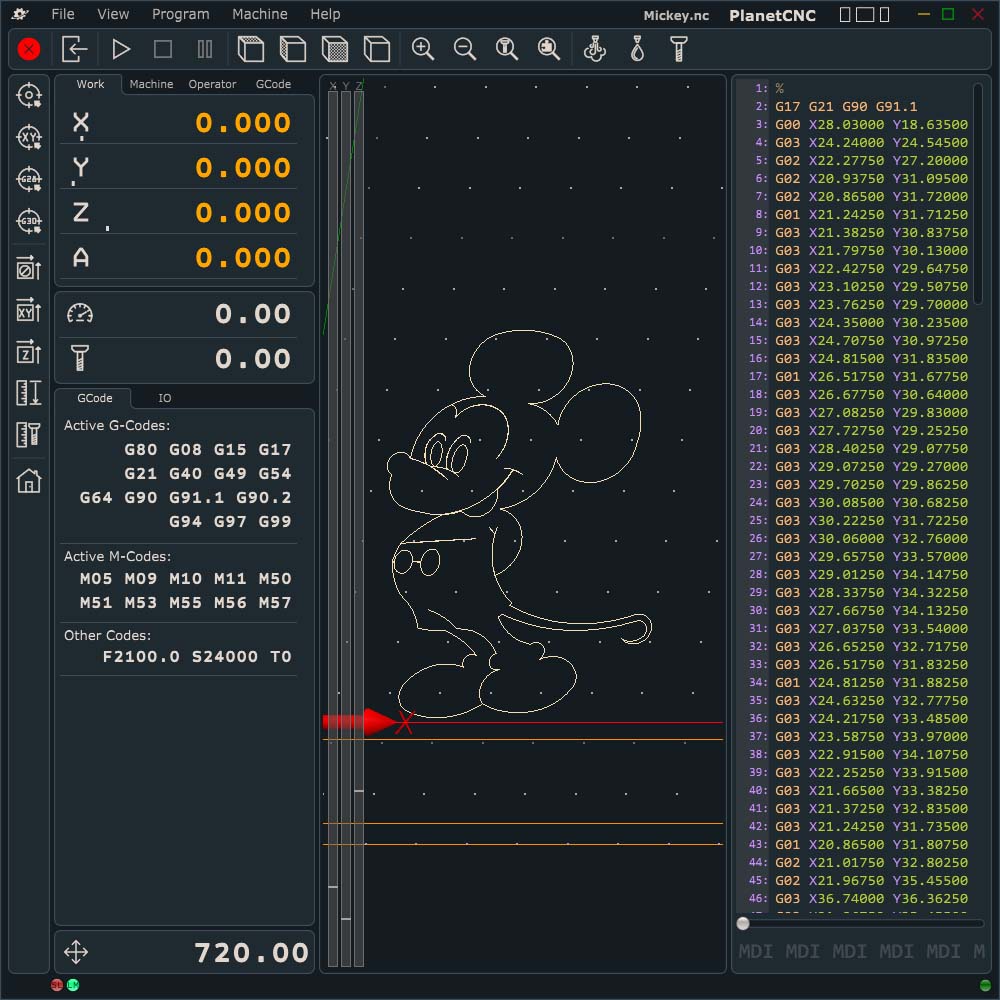
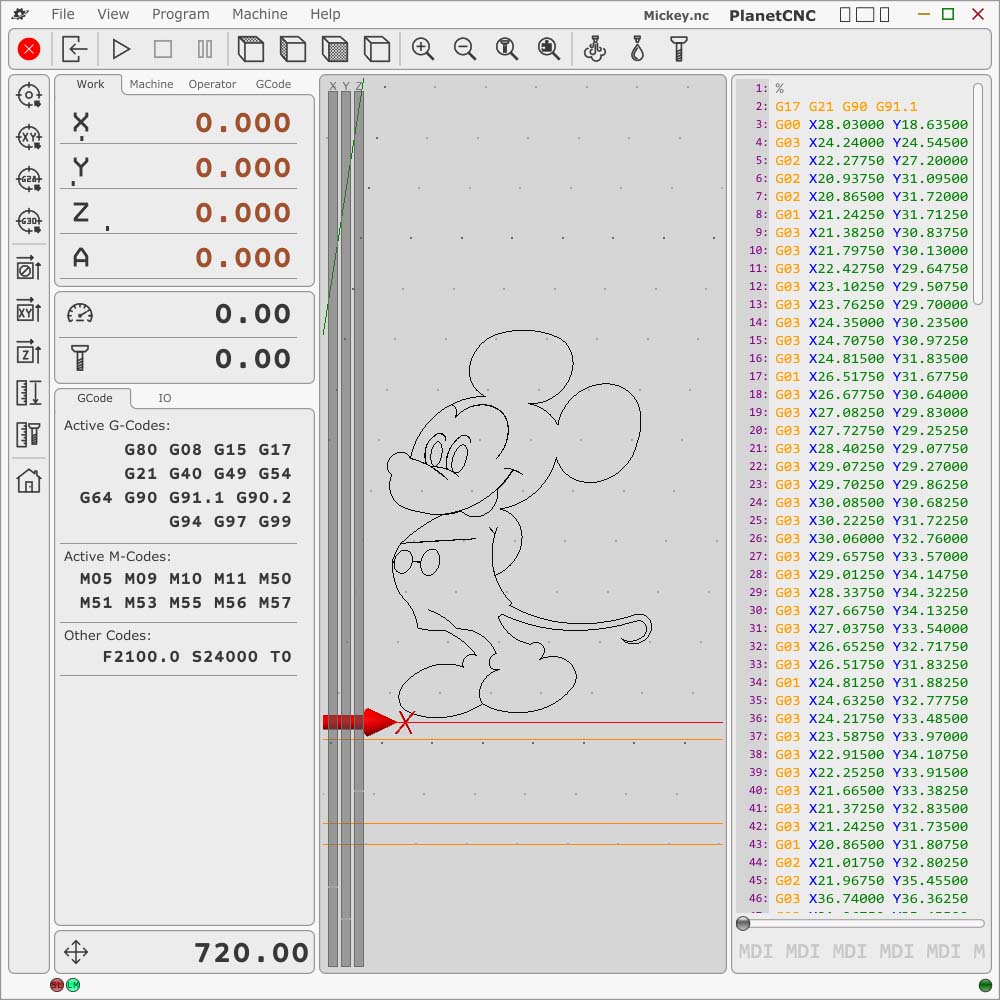
Choose the Mk3/9 Controller if:
You Require More Inputs and Outputs: If your CNC operations involve complex setups or you anticipate needing to manage multiple tools and processes simultaneously, the Mk3/9 controller's increased number of inputs and outputs can be extremely beneficial. This would be especially useful in production environments where automation and precision are critical.
You Need Ethernet Connectivity: The Mk3/9’s Ethernet capability enhances robustness to connect seamlessly with other components for stable integration into modern workshop environments. This is particularly valuable for noisier environments that have lot of equipment that produces electrical interference.
Future Expansion: If you plan to scale up your operations or think you might need to upgrade your system capabilities in the future, investing in the Mk3/9 could save you from needing to buy a new controller later on.


Opt for the Mk3/4 Controller if:
You Are on a Tight Budget: If cost is a significant constraint, the Mk3/4 offers a more budget-friendly option that still delivers the core functionalities needed for efficient CNC milling.
Your Operations Are Less Complex: For smaller operations or if you're just starting out and don't require a large number of inputs and outputs, the Mk3/4 controller should suffice. It provides the essential features needed for effective CNC control without the additional cost for capabilities that you may not use.
Simplicity is Key: If your project or workshop benefits from a straightforward setup without the need for advanced networking, the simpler Mk3/4 can meet your needs effectively.
In summary, if your operations and future plans justify the need for more connectivity and versatility, and the budget allows, the Mk3/9 is likely the better choice. However, if you are looking to save money and your current requirements are modest, the Mk3/4 will serve you well.
